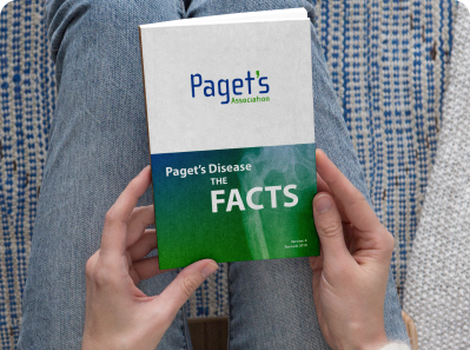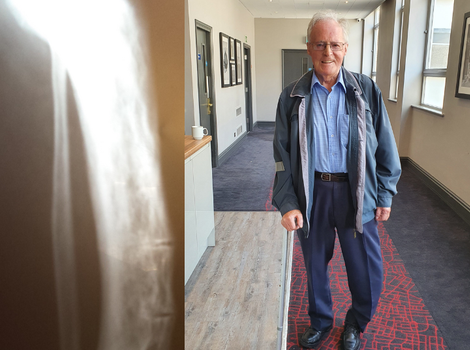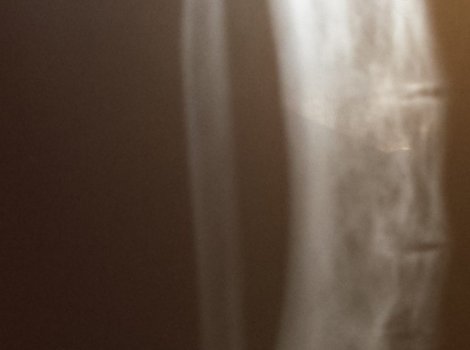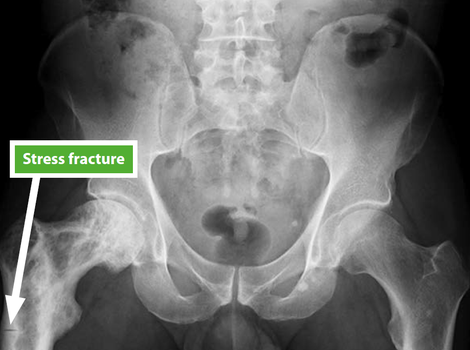Paget's and its management
We hope the following information will prove valuable to you, enabling you to engage in meaningful conversations with your healthcare provider.
Paget's disease - key facts
- It affects the normal repair and renewal process of bone (remodelling)
- Pain is the most common symptom although the clinical presentation and severity vary widely
- Many people who have Paget’s disease do not have symptoms and will never develop complications
- It is common in the UK, although the frequency and severity of the disease has declined
- Causes: Genetic factors play an important role in predisposing to Paget's disease and environmental triggers probably play a role, but the identity of these triggers is unclear

What is Paget's Disease of Bone?
Paget’s disease is characterised by abnormalities in the bone remodelling process
Read more




Paget's Nurse Helpline
Contact the Paget's Nurse Helpline for information and support on all aspects of Paget’s disease
Membership
Become a member of the Paget's Association
Join today to unlock a world of insights into Paget's disease and support our cause.
As a valued member, you'll receive a comprehensive Paget’s Information Pack, along with our regular Paget's News magazine.
Stay at the forefront of advancements with our latest news: research, treatment and more.
Don't miss out – explore the benefits of membership now!
